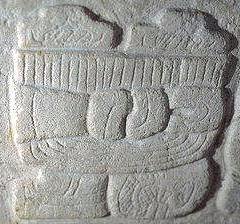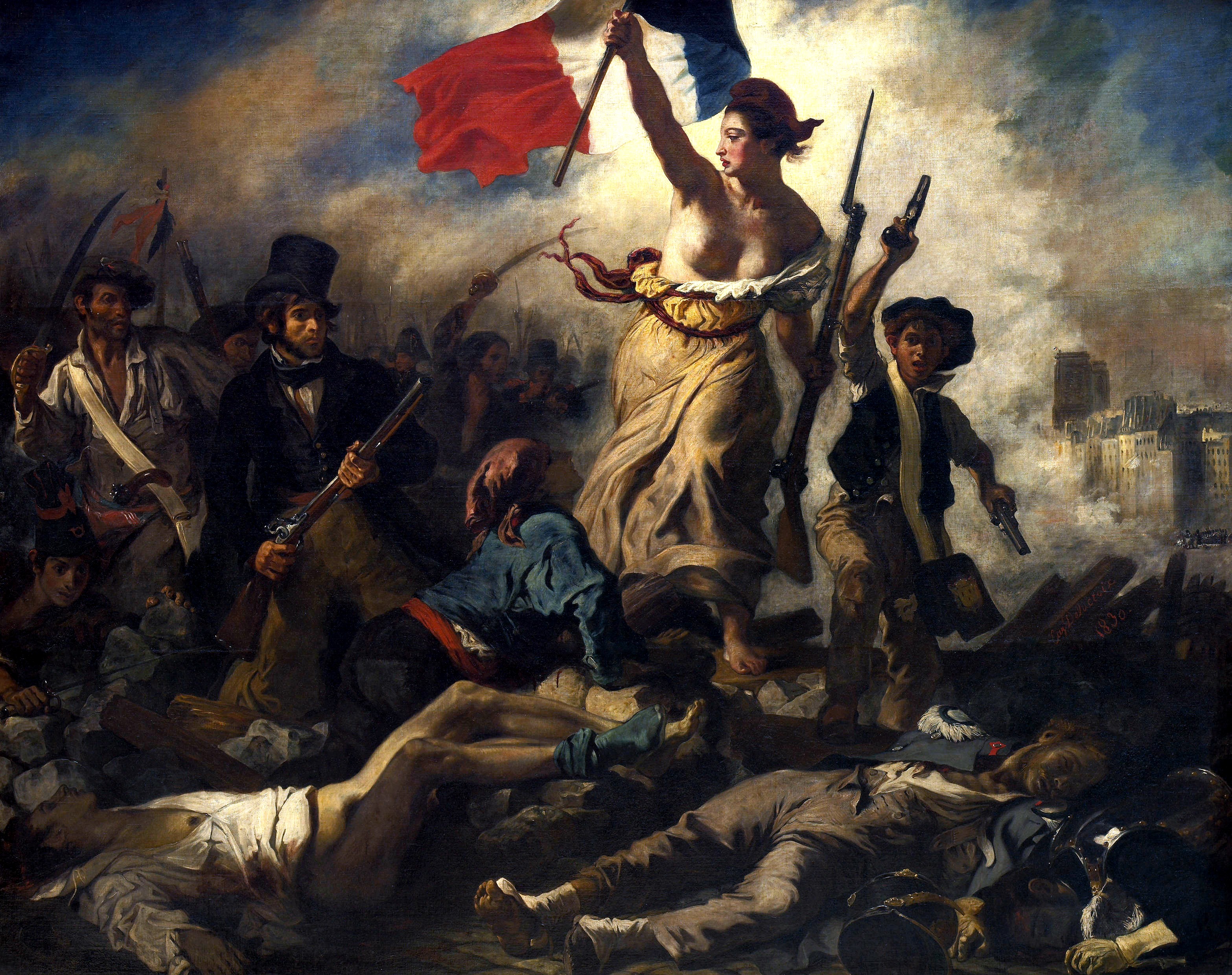|
Architecture Of Guatemala
Guatemalan art refers to all forms of visual art associated with a Guatemalan national identity either because they are created within Guatemala, for Guatemalans, or by Guatemalans. The visual arts in Guatemala consist largely of weaving, muralism, painting, architecture, and the performing arts. Most analysis of Guatemalan and Indigenous artwork focuses on the artform of weaving, but contemporary Guatemalan visual art largely consists of painting, muralism, and more that can convey modern social values as well as ancestral indigenous history. Historically, art in Guatemala has combined the mythological heritage of the Maya peoples, Indigenous Maya people with the country's politics. Beyond Guatemala, Guatemalan Indigenous artwork is also sometimes referred to as "art naïf," "primitivism," 'traditional art," "Maya art," and "costumbrismo". Painting Differing from many Western paintings, Guatemalan Indigenous paintings tend to depict daily experiences and situations. Ar ... [...More Info...] [...Related Items...] OR: [Wikipedia] [Google] [Baidu] |
Guatemala
Guatemala ( ; ), officially the Republic of Guatemala ( es, República de Guatemala, links=no), is a country in Central America. It is bordered to the north and west by Mexico; to the northeast by Belize and the Caribbean; to the east by Honduras; to the southeast by El Salvador and to the south by the Pacific Ocean. With an estimated population of around million, Guatemala is the most populous country in Central America and the 11th most populous country in the Americas. It is a representative democracy with its capital and largest city being Nueva Guatemala de la Asunción, also known as Guatemala City, the most populous city in Central America. The territory of modern Guatemala hosted the core of the Maya civilization, which extended across Mesoamerica. In the 16th century, most of this area was conquered by the Spanish and claimed as part of the viceroyalty of New Spain. Guatemala attained independence in 1821 from Spain and Mexico. In 1823, it became part of t ... [...More Info...] [...Related Items...] OR: [Wikipedia] [Google] [Baidu] |
Iglesia De La Merced, Antigua Guatemala
The Church and Convent of La Merced is a Catholic church located in the city of Antigua Guatemala in Guatemala. The architect Juan de Dios Estrada was in charge of its construction from 1749. The church was inaugurated in 1767. Description In Guatemalan Churrigueresque style, this church has two bell-towers. On the façade of the church, in its upper part, there is a sculpture of St. Peter Nolasco, founder of the Mercedarian Order. Below appears Virgin of Mercy and the Mercedarian shield. The stucco and brick sculptures of St. Raymond Nonnatus and St. Pedro Armengol are found on the left side of the façade. St. Peter Pascual and St. Mary de Cervellione, the first Mercedarian nun, are on the right side. The “Fountain of los Pescados”, dates from the 18th century; At twenty-seven meters in diameter, it is one of the largest colonial fountains in Latin America. The fountain is shaped like a water lily, a very common flower in the Guatemalan lowlands, especially in lakes and la ... [...More Info...] [...Related Items...] OR: [Wikipedia] [Google] [Baidu] |
Huipil
''Huipil'' (Nahuatl: '' huīpīlli'' ; Ch'orti': ''b’ujk''; Chuj: ''nip'') is the most common traditional garment worn by indigenous women from central Mexico to Central America. It is a loose-fitting tunic, generally made from two or three rectangular pieces of fabric, which are then joined with stitching, ribbons, or fabric strips, with an opening for the head and, if the sides are sewn, openings for the arms. Traditional ''huipils'', especially ceremonial ones, are usually made with fabric woven on a backstrap loom and are decorated with designs woven into the fabric, embroidery, ribbons, lace, and more. However, some ''huipils'' are also made from commercial fabric. Lengths of the ''huipil'' can vary from a short blouse-like garment or long enough to reach the floor. The style of traditional huipils generally indicates the ethnicity and community of the wearer as each has its own methods of creating the fabric and decorations. Ceremonial huipils are suitable for weddings, ... [...More Info...] [...Related Items...] OR: [Wikipedia] [Google] [Baidu] |
Embroidery
Embroidery is the craft of decorating fabric or other materials using a needle to apply thread or yarn. Embroidery may also incorporate other materials such as pearls, beads, quills, and sequins. In modern days, embroidery is usually seen on caps, hats, coats, overlays, blankets, dress shirts, denim, dresses, stockings, scarfs, and golf shirts. Embroidery is available in a wide variety of thread or yarn colour. Some of the basic techniques or stitches of the earliest embroidery are chain stitch, buttonhole or blanket stitch, running stitch, satin stitch, and cross stitch. Those stitches remain the fundamental techniques of hand embroidery today. History Origins The process used to tailor, patch, mend and reinforce cloth fostered the development of sewing techniques, and the decorative possibilities of sewing led to the art of embroidery. Indeed, the remarkable stability of basic embroidery stitches has been noted: The art of embroidery has been found world ... [...More Info...] [...Related Items...] OR: [Wikipedia] [Google] [Baidu] |
Backstrap Loom
A loom is a device used to weave cloth and tapestry. The basic purpose of any loom is to hold the warp threads under tension to facilitate the interweaving of the weft threads. The precise shape of the loom and its mechanics may vary, but the basic function is the same. Etymology and usage The word "loom" derives from the Old English ''geloma'', formed from ''ge-'' (perfective prefix) and ''loma'', a root of unknown origin; the whole word ''geloma'' meant a utensil, tool, or machine of any kind. In 1404 "lome" was used to mean a machine to enable weaving thread into cloth. By 1838 "loom" had gained the additional meaning of a machine for interlacing thread. Weaving Weaving is done by intersecting the longitudinal threads, the warp, i.e. "that which is thrown across", with the transverse threads, the weft, i.e. "that which is woven". The major components of the loom are the warp beam, heddles, harnesses or shafts (as few as two, four is common, sixteen not unheard of), ... [...More Info...] [...Related Items...] OR: [Wikipedia] [Google] [Baidu] |
Maya Textiles
Maya textiles (''k’apak'') are the clothing and other textile arts of the Maya peoples, indigenous peoples of the Yucatán Peninsula in Mexico, Guatemala, Honduras, El Salvador and Belize. Women have traditionally created textiles in Maya society, and textiles were a significant form of ancient Maya art and religious beliefs. They were considered a prestige good that would distinguish the commoners from the elite. According to Brumfiel, some of the earliest weaving found in Mesoamerica can date back to around 1000-800 B.C.E. Materials Ancient Maya women had two natural types of cotton to work with, one white and the other light brown, called ''cuyuscate'', both of which were commonly dyed. The preparation of cotton for spinning was very burdensome, as it had to be washed and picked clean of seeds. The cotton was usually associated with the elites. Elite women were also given the opportunity to work with the most expensive feathers and pearl beads. However, women of the elite not ... [...More Info...] [...Related Items...] OR: [Wikipedia] [Google] [Baidu] |
Tikal
Tikal () (''Tik’al'' in modern Mayan orthography) is the ruin of an ancient city, which was likely to have been called Yax Mutal, found in a rainforest in Guatemala. It is one of the largest archeological sites and urban centers of the pre-Columbian Maya civilization. It is located in the archeological region of the Petén Basin in what is now northern Guatemala. Situated in the Departments of Guatemala, department of El Petén, the site is part of Guatemala's Tikal National Park and in 1979 it was declared a UNESCO World Heritage Site. Tikal was the capital of a conquest state that became one of the most powerful kingdoms of the ancient Maya. Though monumental architecture at the site dates back as far as the 4th century BC, Tikal reached its apogee during the Mesoamerican chronology, Classic Period, c. 200 to 900. During this time, the Maya city, city dominated much of the Maya region politically, economically, and militarily, while interacting with areas throughout Mesoamer ... [...More Info...] [...Related Items...] OR: [Wikipedia] [Google] [Baidu] |
Mayan Pyramids
Mesoamerican pyramids form a prominent part of ancient Mesoamerican architecture. Although similar in some ways to Egyptian pyramids, these New World structures have flat tops (many with temples on the top) and stairs ascending their faces. The largest pyramid in the world by volume is the Great Pyramid of Cholula, in the east-central Mexican state of Puebla. The builders of certain classic Mesoamerican pyramids have decorated them copiously with stories about the Hero Twins, the feathered serpent Quetzalcoatl, Mesoamerican creation myths, ritualistic sacrifice, etc. written in the form of hieroglyphs on the rises of the steps of the pyramids, on the walls, and on the sculptures contained within. Aztec pyramids The Aztecs dominated central Mexico in the 14th, 15th and 16th centuries. Their capital was Tenochtitlan on the shore of Lake Texcoco – the site of modern-day Mexico City. They were related to the preceding cultures in the basin of Mexico such as the culture of Teot ... [...More Info...] [...Related Items...] OR: [Wikipedia] [Google] [Baidu] |
Centro Cultural Miguel Ángel Asturias
The Centro Cultural Miguel Ángel Asturias, commonly called Teatro Nacional, is a cultural center in Guatemala City, Guatemala. It is located in the Centro Cívico (Civic Center) of the city and was built in the same place of the old ''Fuerte de San José''. Its form, which emulates a seated jaguar, stands out from the adjacent buildings. The complex, which was designed by the architects Efrain Recinos and Carlos Alberto Haeussler was completed in 1978. The center is named for Guatemalan writer and Nobel Laurate Miguel Ángel Asturias. It contains the Gran Sala Efrain Recinos, a large proscenium theater named for the architect that designed the structure's facade, the Teatro de Cámara Hugo Carrillo, a smaller, black box theater named for the Guatemalan playwright and director, and an outdoor amphitheater, the Teatro al Aire Libre. The center also includes various plazas and salons, as well as the National Marimba Institute, Instituto Nacional de la Marimba. References Extern ... [...More Info...] [...Related Items...] OR: [Wikipedia] [Google] [Baidu] |
Brutalist Architecture
Brutalist architecture is an architectural style that emerged during the 1950s in the United Kingdom, among the reconstruction projects of the post-war era. Brutalist buildings are characterised by minimalist constructions that showcase the bare building materials and structural elements over decorative design. The style commonly makes use of exposed, unpainted concrete or brick, angular geometric shapes and a predominantly monochrome colour palette; other materials, such as steel, timber, and glass, are also featured. Descending from the modernist movement, Brutalism is said to be a reaction against the nostalgia of architecture in the 1940s. Derived from the Swedish phrase ''nybrutalism,'' the term "New Brutalism" was first used by British architects Alison and Peter Smithson for their pioneering approach to design. The style was further popularised in a 1955 essay by architectural critic Reyner Banham, who also associated the movement with the French phrases ''bé ... [...More Info...] [...Related Items...] OR: [Wikipedia] [Google] [Baidu] |
Modernism
Modernism is both a philosophical and arts movement that arose from broad transformations in Western society during the late 19th and early 20th centuries. The movement reflected a desire for the creation of new forms of art, philosophy, and social organization which reflected the newly emerging industrial world, including features such as urbanization, architecture, new technologies, and war. Artists attempted to depart from traditional forms of art, which they considered outdated or obsolete. The poet Ezra Pound's 1934 injunction to "Make it New" was the touchstone of the movement's approach. Modernist innovations included abstract art, the stream-of-consciousness novel, montage cinema, atonal and twelve-tone music, divisionist painting and modern architecture. Modernism explicitly rejected the ideology of realism and made use of the works of the past by the employment of reprise, incorporation, rewriting, recapitulation, revision and parody. Modernism also rej ... [...More Info...] [...Related Items...] OR: [Wikipedia] [Google] [Baidu] |







.jpg)


